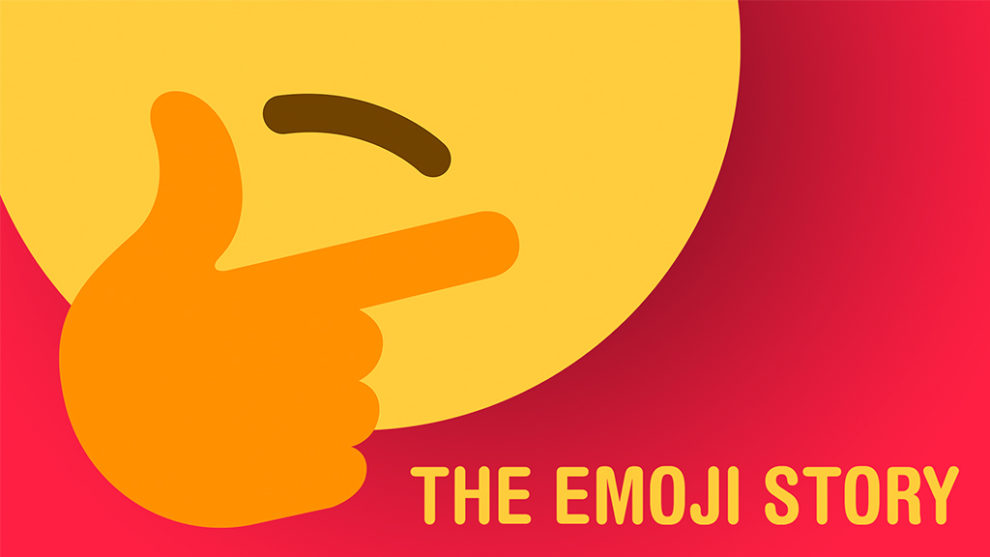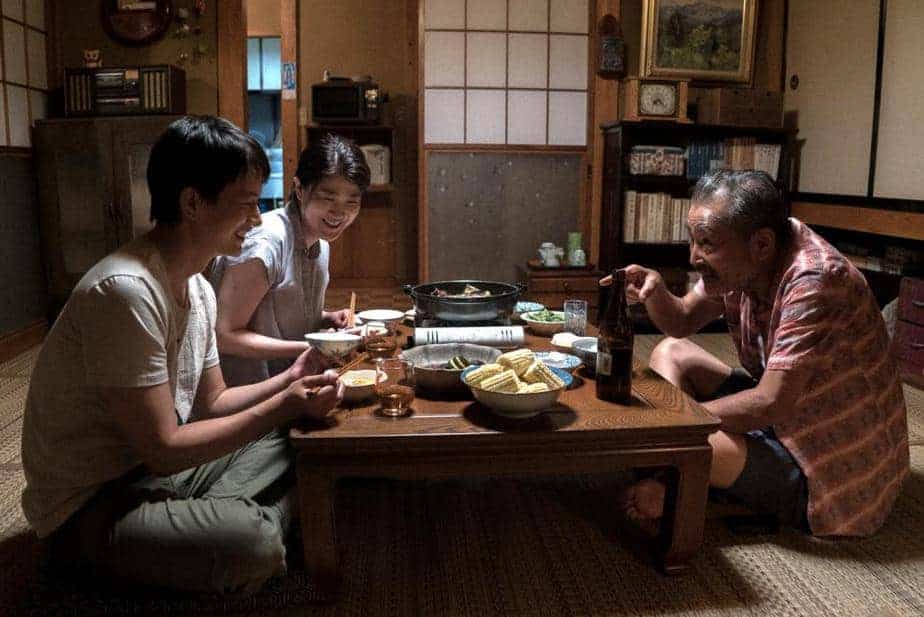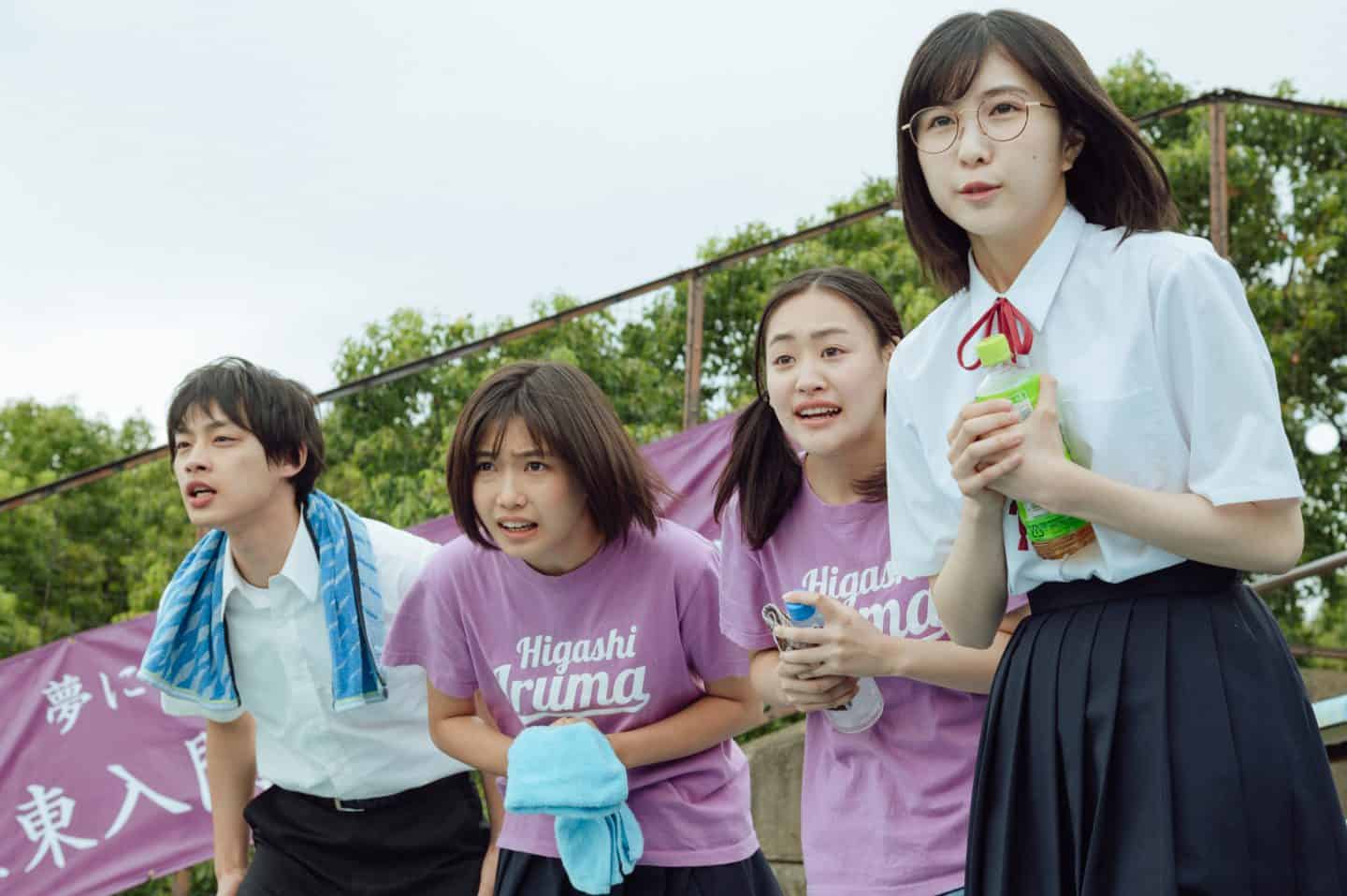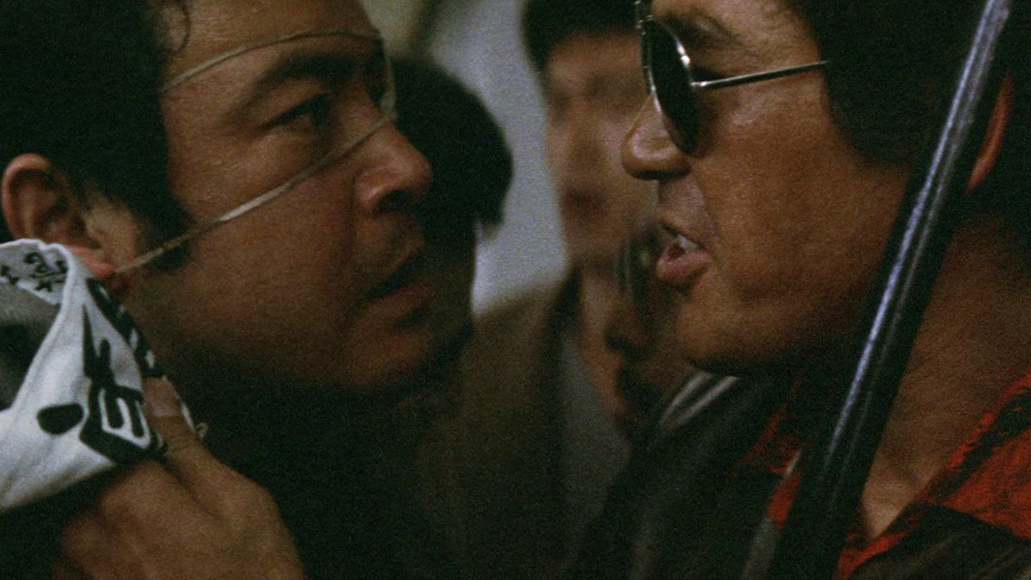The very premise of an emoji documentary may seem cringe — indeed, I first walked into it thinking it would be like Gia Coppola's “Mainstream” (a Boomer-tinted fetishization of Gen-Z influencer culture) or like the MoMI's cat memes exhibit in 2016 — but Martha Shane and Ian Cheney's “The Emoji Story” is surprisingly mindful of its whimsical subject-matter. Premiered at Tribeca and now available on Amazon Prime Video, “The Emoji Story” sidesteps the common pitfalls of exoticizing popular culture for the sake of high art. It instead presents a titillating approach to the omnipresent form.
Watch This Title
“The Emoji Story” begins with emoji's official founder, Shigetaka Kurita, in Tokyo, Japan. After exploring its 1997 roots in basic cellular phonetic, the film changes gears to look at its modern incarnations at Silicon Valley-based Unicode Consortium — an international organization that determines the world standard for text and emoji. We then witness three different Unicode applications from beginning to end: first, Rayouf Alhumedi pushing forward a hijabi emoji; second, Florencia Coelho's submission for the Argentinian mate drink; and finally, Plan International UK's appeal for period pants. Between these three threads, the film delves into interviews with academics, Unicode staff, and even pop music stars to determine what makes or breaks the pictographic code “The Emoji Story” thus weaves together not just the history of emojis, but more personal accounts of their looming potential to castrate modern-day written language.
This wide net cast exhibits a more complete picture of emoji-related controversy. On the other hand, the film's effort to look far and wide prevents it from delving deeply into one issue over another. After dabbling into comparisons between emoji and other like-minded languages, like Chinese (also pictographic), it is just a surprise that emoji's linguistic impact – and due comparisons with other living languages – is not brought up nearly as much. Perhaps this is for the better, however: “The Emoji Story” thankfully veers away from its initial linguistic drama (posed by the ridiculous question, “Can emojis replace modern-day language?”) to look more into emoji itself as a tool of representation and Unicode's frustratingly abstract gatekeeping.
This too regrettably falls short however, as “The Emoji Story”'s effort to remain neutral does not pry into Unicode's filtering practices. When a Unicode representative admits to the elite board's bias against vegetables, the Shane-Cheney duo seem to gloss over the answer with laughter. In light of the three accounts tracked throughout the film — all of which are fighting for visibility in an international linguistic standard — the documentarian's refusal to critique Unicode feels obtuse. The continued effort to maintain neutrality in the face of a politically-charged subject reads as performative complicity with Unicode (and in due course, Silicon Valley)'s hegemonic hold over the popular system.
For all that, the “The Emoji Story” considers seriously, it also takes its fun seriously – and this is seen through its stabs at levity. The documentary intersperses interviews peripheral to the Unicode drama, including teenage rapper Brooklyn Queen, an instructor explaining emoji etiquette to a group of university students, and — delightfully enough — even a child submitting an emoji application for a wooden branch.
Overall, “The Emoji Story” is an unexpectedly intriguing watch. Aside from the unavoidable cringe-worthy add-ons (inevitable due to its flippant subject matter, perhaps?) and its rush to gloss over all things emoji, “The Emoji Story” remarkably rises above standard pitfalls of its kind however, and instead presents a thought-provoking take on the ubiquitous language. “The Emoji Story” tickles the imagination, entertaining all of its possibilities through and through.
















